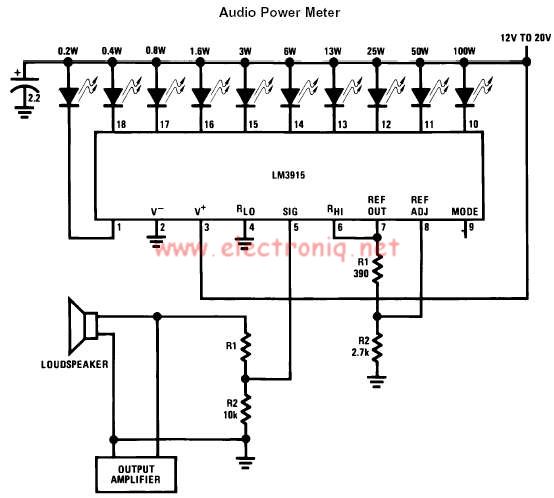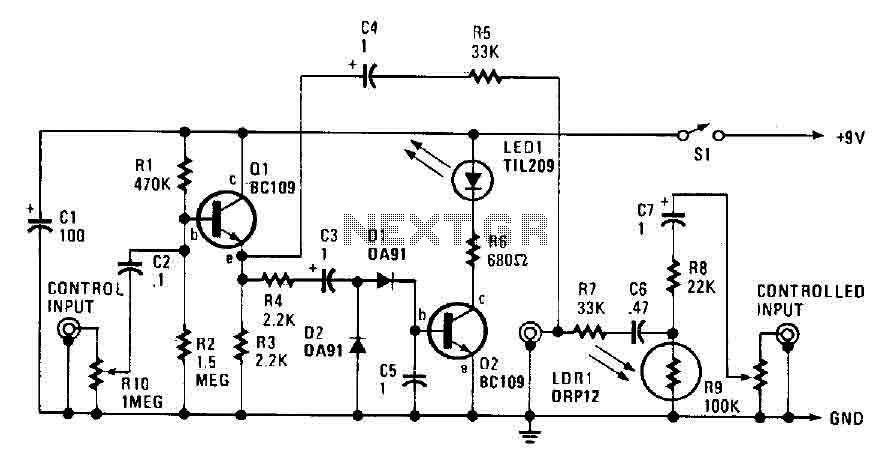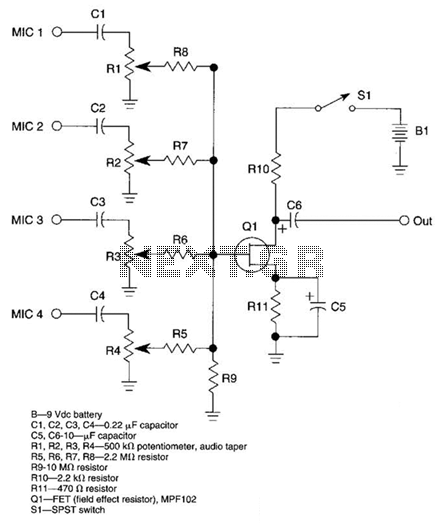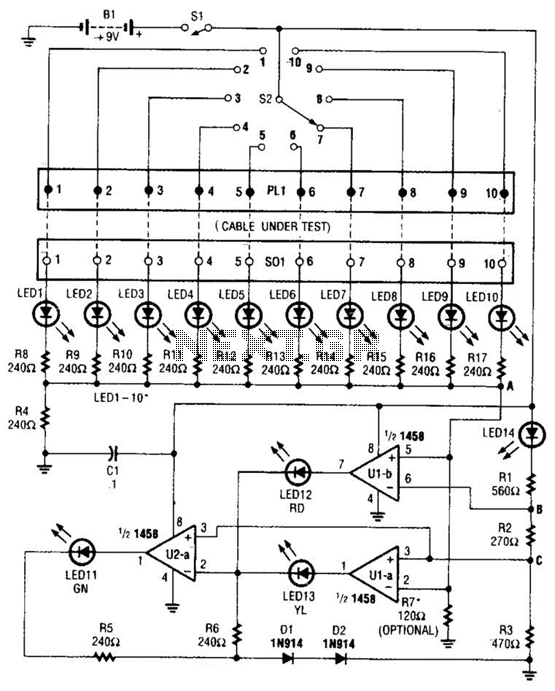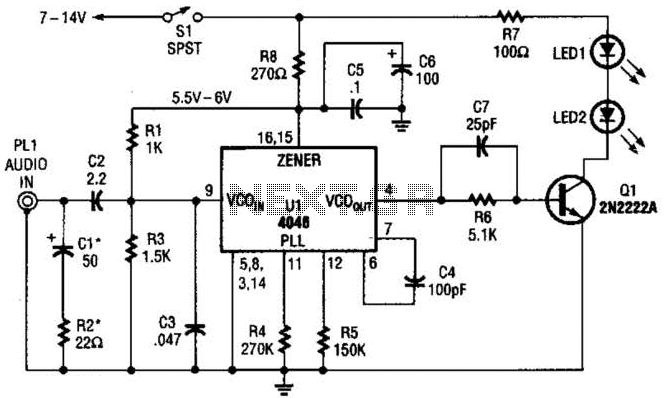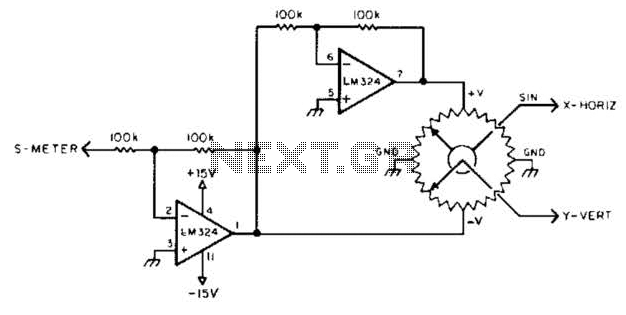
CD4060 Timer Circuit 1 minute to 2 hours
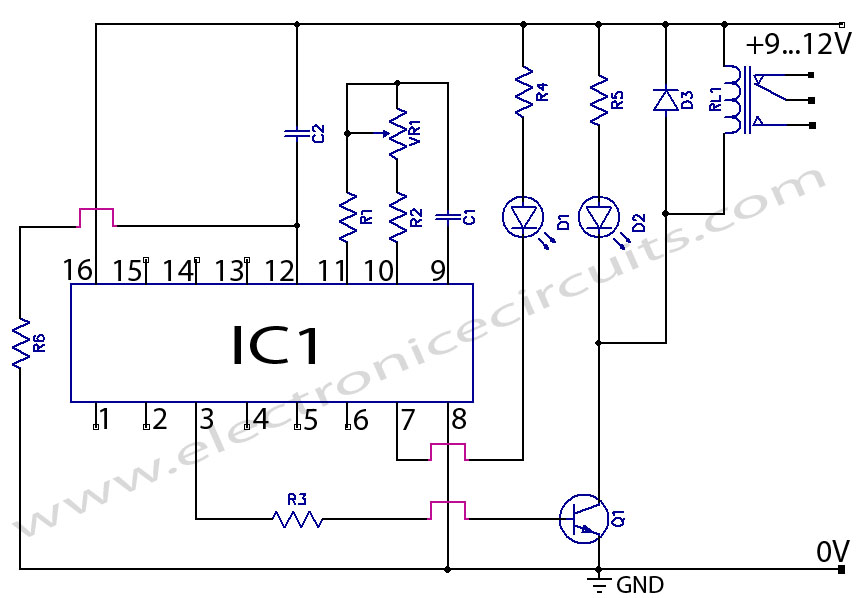
CD4060 Timer Circuit 1 minute to 2 hours This is a 1 minute to two-hour timer switch. The 14-stage binary ripple counter Type 4060, IC1, has an...
The CD4060 timer circuit is designed to function as a timer switch with a timing range from 1 minute to 2 hours. Central to this circuit is the CD4060 integrated circuit (IC), which incorporates a 14-stage binary ripple counter. This functionality allows for precise timing operations by utilizing an external resistor-capacitor (RC) network to set the timing interval.
The operation of the CD4060 timer begins with the application of power to the circuit. The internal oscillator of the IC generates clock pulses, which are counted by the binary ripple counter stages. The output of these stages can be configured to provide a logic high signal after a predetermined count is reached, effectively controlling an external load, such as a relay or an LED.
To achieve the desired timing range, the values of the resistor and capacitor in the RC network must be selected carefully. The timing period can be calculated using the formula:
\[ T = 2^{(N+1)} \times R \times C \]
where \( T \) is the timing period, \( N \) is the stage number of the counter, \( R \) is the resistance in ohms, and \( C \) is the capacitance in farads. By adjusting these values, the timer can be set to operate within the specified range of 1 minute to 2 hours.
The output configuration can include a transistor or a relay driver circuit to control higher power loads, ensuring that the timer can be used in various applications, including home automation, industrial timing applications, and other electronic projects requiring delayed action.
In summary, the CD4060 timer circuit is a versatile and reliable solution for creating timer functionality with a wide range of timing intervals, leveraging the capabilities of the 14-stage binary ripple counter integrated within the IC. Proper selection of external components is crucial to achieving the desired timing accuracy and performance.CD4060 Timer Circuit 1 minute to 2 hours This is a 1 minute to two-hour timer switch. The 14-stage binary ripple counter Type 4060, IC1, has an.. 🔗 External reference
The CD4060 timer circuit is designed to function as a timer switch with a timing range from 1 minute to 2 hours. Central to this circuit is the CD4060 integrated circuit (IC), which incorporates a 14-stage binary ripple counter. This functionality allows for precise timing operations by utilizing an external resistor-capacitor (RC) network to set the timing interval.
The operation of the CD4060 timer begins with the application of power to the circuit. The internal oscillator of the IC generates clock pulses, which are counted by the binary ripple counter stages. The output of these stages can be configured to provide a logic high signal after a predetermined count is reached, effectively controlling an external load, such as a relay or an LED.
To achieve the desired timing range, the values of the resistor and capacitor in the RC network must be selected carefully. The timing period can be calculated using the formula:
\[ T = 2^{(N+1)} \times R \times C \]
where \( T \) is the timing period, \( N \) is the stage number of the counter, \( R \) is the resistance in ohms, and \( C \) is the capacitance in farads. By adjusting these values, the timer can be set to operate within the specified range of 1 minute to 2 hours.
The output configuration can include a transistor or a relay driver circuit to control higher power loads, ensuring that the timer can be used in various applications, including home automation, industrial timing applications, and other electronic projects requiring delayed action.
In summary, the CD4060 timer circuit is a versatile and reliable solution for creating timer functionality with a wide range of timing intervals, leveraging the capabilities of the 14-stage binary ripple counter integrated within the IC. Proper selection of external components is crucial to achieving the desired timing accuracy and performance.CD4060 Timer Circuit 1 minute to 2 hours This is a 1 minute to two-hour timer switch. The 14-stage binary ripple counter Type 4060, IC1, has an.. 🔗 External reference
